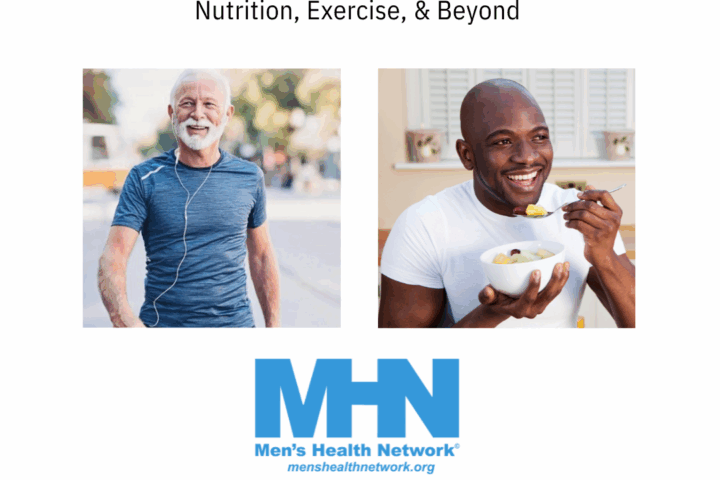Dozens of studies have reported that many of the sickest COVID-19 patients have been people who are obese. Large new population studies have cemented the association and demonstrated that even people who are merely overweight are at higher risk.
In the first meta-analysis of its kind, published on August 26 in Obesity Reviews, an international team of researchers pooled data from scores of peer-reviewed papers capturing 399,000 patients. The researchers found that people with obesity who contracted SARS-CoV-2 were 113 percent more likely than people of healthy weight to land in the hospital, 74 percent more likely to be admitted to an ICU, and 48 percent more likely to die.
The severity of COVID-19 in people with obesity helps explain the pandemic’s disproportionate toll in some groups. In American Indians and Alaska Natives, for example, poverty, lack of access to healthy food, lack of health insurance, and poor exercise opportunities combine to render “rates of obesity … remarkably high,” Spero Manson, a Pembina Chippewa who is a medical anthropologist at the University of Colorado’s School of Public Health, told Science magazine reporter Meredith Wadman. And obesity “is connected to all these other [illnesses], such as diabetes and cardiovascular disease, rendering us susceptible” to severe COVID-19, Manson said. Latino men more are more likely to be obese than their non-Latino peers, and they are also traditionally underrepresented in research.
As researchers learn more about the connection between obesity and COVID-19 outcomes, some are working to help men manage their weight more effectively.
The HOMBRE Trial, funded by the Patient-Centered Outcome Research Institute (PCORI), recruited more than 400 Latino men with obesity and one or more other cardiovascular disease risk factors to enroll in a culturally tailored version of the Diabetes Prevention Program (DPP), an evidence-based behavioral modification program that has shown promise in reducing obesity, but hasn’t been studied thoroughly among disadvantaged populations.
The HOMBRE Trial offered three delivery methods of culturally tailored DPP to participants: traditional in-person group sessions, group sessions via videoconference, and individual, online-only classes. The research team was interested in the pluses and minuses of each delivery method, in hopes that the results could boost participation in DPP.
Participants who chose the in-person group tended to be older and were more likely to only speak Spanish compared to participants who chose one of the online modalities. Those who chose the online options were more likely to be married and employed full-time, citing the convenience of the online options with their schedules. The research team also found that the in-person sessions thrived with a larger group and a longer session duration, while the online group-therapy modality participants preferred smaller groups. Both online options were best suited for shorter sessions than the in-person group.




